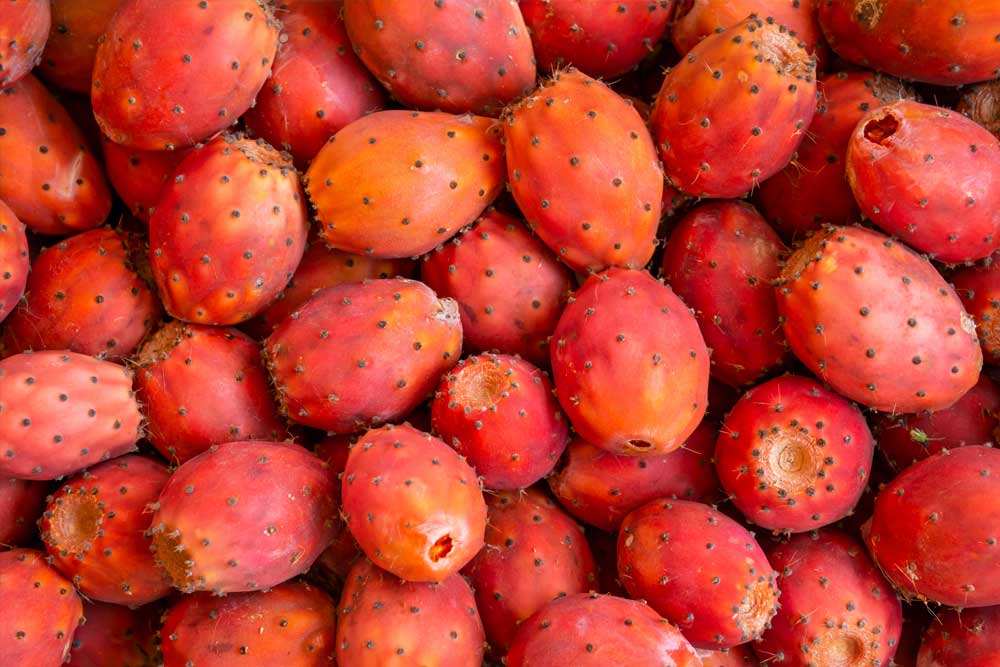Menopause and brittle nails
Strong nails are something many of us take for granted. However, when menopause rolls around, you may notice that your regular manicures just aren’t cutting it. Flaky, weak and breakable nails can become a problem at this time.
Read on for Stella’s take on brittle nails and menopause.
FIND WHAT YOU NEED QUICKLY
BRITTLE NAILS DEFINITION
While the term brittle nails is quite self-explanatory, nail changes in menopause can take many different forms. These can include nails which are prone to flaking, dryness, ridging or breaking among other issues. You may hear your doctor calling this Brittle Nail Syndrome (BNS).
Start your free online menopause assessment to see if HRT is right for you

HOW LIKELY ARE BRITTLE NAILS DURING MENOPAUSE?
- Brittle nails are common. Around 20% of the general population are affected, with women twice as likely to be affected as men
- Brittle nails become even more common as you pass through menopause. It is thought that this is due to the way reduced oestrogen levels affect the nail plate
- These changes can begin in perimenopause. For most, this will be in your mid-40s although it can be earlier or later
- Certain medical conditions can also make nail changes more likely. The most common is fungal infection, but others include psoriasis, thyroid problems and diabetes
- Medications can also cause similar damage to the nails. This is most often seen with chemotherapy, but can also be related to the use of retinoids, sodium valproate and certain antibiotics among others
Read more about the stages of menopause.
WHAT ARE THE SIGNS OF BRITTLE NAILS?

Dry and flaky

Weak – breakable and prone to splitting

Ridged, discoloured or painful

Slow-growing
TIPS TO HELP WITH BRITTLE NAILS DURING MENOPAUSE
Check in with your doctor
Menopause is just one of many causes of brittle nails. Your doctor will be able to help you ensure there is no other problem causing this issue. They may want to examine you, send nail clippings to the lab or run some other tests.
Moisturise often
It is thought that nails with lower water content are more prone to developing weakness and breakage. Applying moisturiser regularly is recommended to help maintain hydration.
…but keep your hands dry!
Having your hands in water repeatedly or for long periods is associated with damage to the nail plate. If having your hands in water is essential – such as part of your job – consider using gloves to protect your nails. However, it is important to ensure that your hands are thoroughly dried before putting your gloves on, as working with gloves on wet hands is associated with more brittle nails. Consider wearing cotton gloves beneath a waterproof pair for wet work.
Check your activities
So-called mechanical microtraumas – that is, repeated small bumps and knocks – can lead to nail fragility. This may be particularly relevant if you work in a manual job.
Avoid chemicals
Ensure that your hands are protected from any chemicals and solvents by using gloves and other protective measures. This may be especially important if you work in an industrial, medical or lab setting, or if you enjoy painting or developing your own photos. Certain chemicals are known to affect the nail plate and damage the lipids that support good nail health.
Avoid professional manicures
These seem to increase your chances of brittle nails, with one study finding a three-fold increase in cases among those who had regular professional manicures. Nails can be damaged by both preparing the nails and removing nail polish.
Keep your nails short
Longer nails are associated with more rapid dehydration.
Consider supplements
While a healthy and balanced diet can contribute to good nail health, certain supplements are also thought to be beneficial. While the trials looking at them have been small, there is some evidence that Biotin (also known as vitamin B7) may be useful, as well as collagen peptides..
Nail hardeners might help
There are a number of different formulas on the market, and they work in a number of different ways. While some form a protective barrier over the nail, others contain keratin and silicon to strengthen it. These products are widely available without prescription, although evidence is still emerging as to how effective they really are.
Would hormone replacement therapy (HRT) help?
Possibly. Some women notice an improvement in their nail texture after starting HRT. This is thought to be due to the effect oestrogen has on collagen levels.
HRT can also effectively treat many other symptoms associated with menopause, such as hot flushes, mood changes, and sleep disturbance, among others. Read more on the risks and benefits of HRT here.
However, HRT is not typically prescribed for brittle nails alone. This is because of the way the risks of HRT are weighed against its benefits.
HRT is not suitable for everyone. Speak to your doctor if you would like to find out more about the best treatment for you.
BRITTLE NAILS AND MENOPAUSE FAQs
Oestrogen plays a role in maintaining healthy nails, and research into this is ongoing. It is thought to work by encouraging collagen production and boosting cholesterol content in the nailplate.
After menopause, oestrogen levels drop. This leads to a 25% decrease in collagen, as well as other changes which can contribute to brittle nails.
Speak to your doctor if brittle nails are causing you problems – especially if they are painful or if you are unable to do your usual activities.
Seek an urgent review if you notice:
- Swelling of your fingers
- Redness of surrounding skin – especially if this is spreading
- Pus or oozing wounds
- Significant pain
- If you are unable to bend or move your finger as normal
- A high temperature or feeling generally unwell
- Any other serious concerns
- Gleison V. Duarte; Ana Cláudia Moura Trigo; Mária de Fátima Paim de Oliveira. (2016) Skin Disorders During Menopause. Curtis. Volume 97.
- The Primary Care Dermatology Society, Nail disorders.




